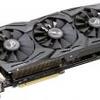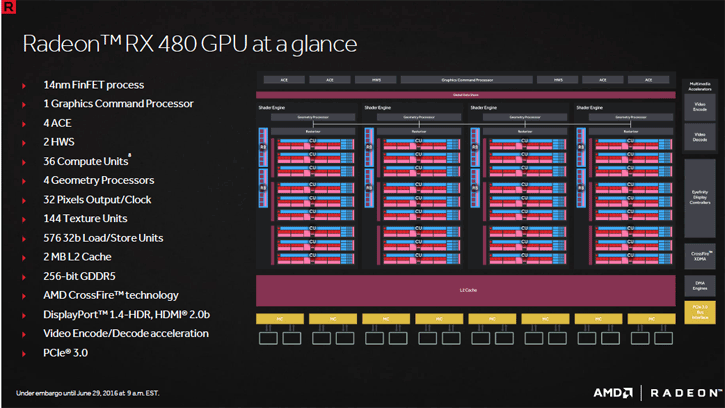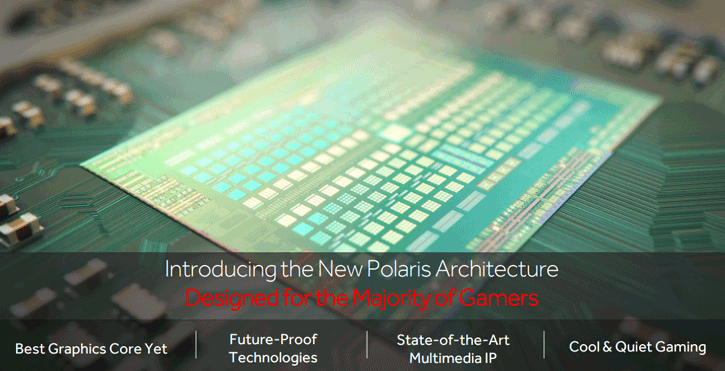Architecture and Specifications
AMD traditionally has been respinning their GPUs quite a bit. For the Radeon RX 400 series the 570/580 products will be based on 14nm FinFET+ Polaris 20 being fabbed at Samsung and Global Foundries’ 14nm FinFET-based process technology, which is the densest foundry process available. FinFET transistors are crucial to reducing power consumption and enabling operating voltages that are 150mV lower than the previous generation, thereby cutting active power by 30% from a 1V baseline.
Radeon RX 480 and 580 are 100% similar in terms of technology.
For the last five years, graphics processors have relied on 28nm high-k/metal nodes. We have moved towards 3rd gen 14nm FinFET. Basically, the Polaris 20 GPU is based on 36 shader clusters with 64 shader processors each. So that makes a nice 2304 shader processors in total. For the RX 570 however there are 32 out of the 36 Cus enabled, boiling down to 2048 Shader processors whereas the RX 580 has 2304. These shader partitions are tied to 32 ROPs.
TMUs wise for a fully enabled unit AMD has always used a 4:1 ratio meaning 36 CUs x 4 = 144 texture units, which is a good number. Memory sits on a 256-bit wide bus spread over the 64-bit controllers. Polaris 20 (XT) runs its memory reference at 7000 MHz for the 4GB model and 8000 MHz for the 8 GB model.
With the introduction of series 500, AMD will launch four lines of series 500 products:
- AMD Radeon RX 580 4GB and 8GB with 2,304 shader processors - GDDR5 at 256-bit.
- AMD Radeon RX 570 4GB and 8GB with 2,048 shader processors - GDDR5 at 256-bit.
- AMD Radeon RX 560 4GB with 1024 shader processors / GDDR5 - GDDR5 at 128-bit.
- AMD Radeon RX 550 2GB with 512 shader processors / GDDR5 - GDDR5 at 128-bit.
Let me chart up a more complex model with specs and overviews, some of the RX 550/560 specs are not yet finalized though yet math brings me to the proper TMU count etc:
Though GCN is now at iteration revision 4 we feel that the GPU architecture has remained very similar and is comparable to the last-generation products, hence the die-shrink at 14nm is where the biggest advantages are to be found as well as supporting more features in line with HDMI 2.0 and DP 1.4. As you can see, it's a lot of the same but a bit faster. This RX500 series release is aimed at people who haven't updated in say a year or two.




